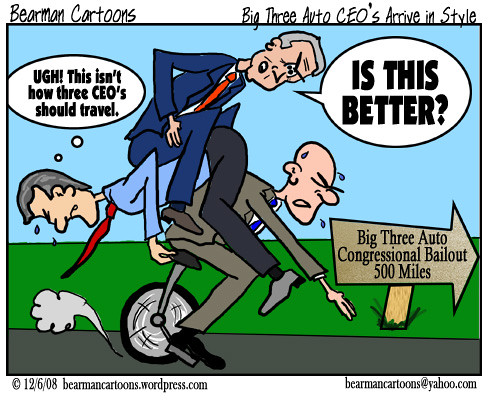Ultimatum Issued: Gov’t rejects automaker restructuring plans, new deadlines set
(Source: Autoblog; Image: Doug Mills @ New York Times)

President Obama has just finished his press conference on the government’s determination of the viability of General Motors and Chrysler, and the gist is that both automakers have failed to convince the feds that their business plans deserve further investment. Obama and his task force will give GM enough working capital to survive another 60 days and prove its viability, though no dollar amount was given. Chrysler, meanwhile, is being given another 30 days and working capital up to $6 billion to finalize a partnership deal with Fiat. If a deal can’t be made and another partner is not found, Chrysler will get no more federal aid. Also, Fiat won’t be allowed to take a majority stake in Chrysler until the automaker repays all the money it has borrowed from the government so far.
Perhaps the biggest news from the press conference is that the U.S. government will now fully back the warranties on vehicles sold by General Motors and Chrysler in the hopes that buyers will continue to consider their products amidst these tumultuous restructuring efforts. Also, the President has pledged to work with Congress to find funds to pay for a U.S.-version of the Cash for Clunkers program that has been so successful in Germany.
BREAKING NEWS Report from WSJ: The Obama administration’s leading plan to fix General Motors Corp. and Chrysler LLC would use bankruptcy filings to purge the ailing companies of their biggest problems, including bondholder debt and retiree health-care costs, according to people familiar with the matter.







